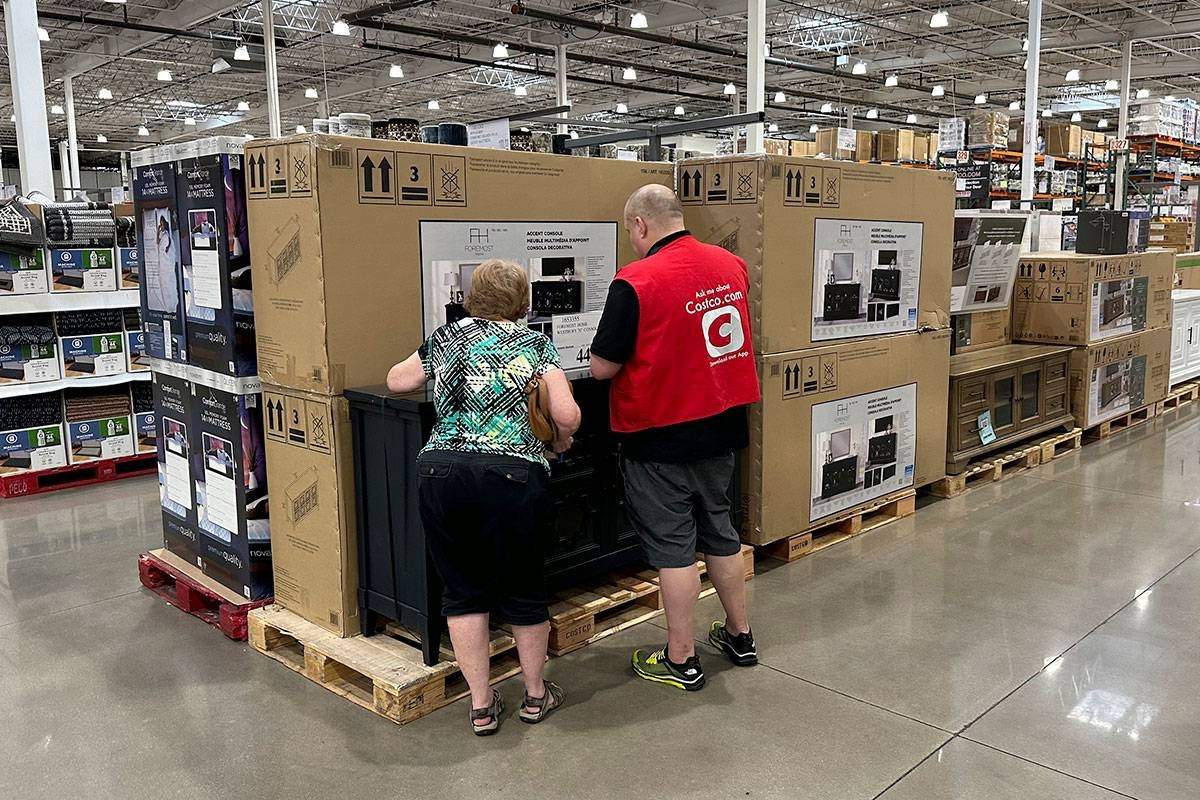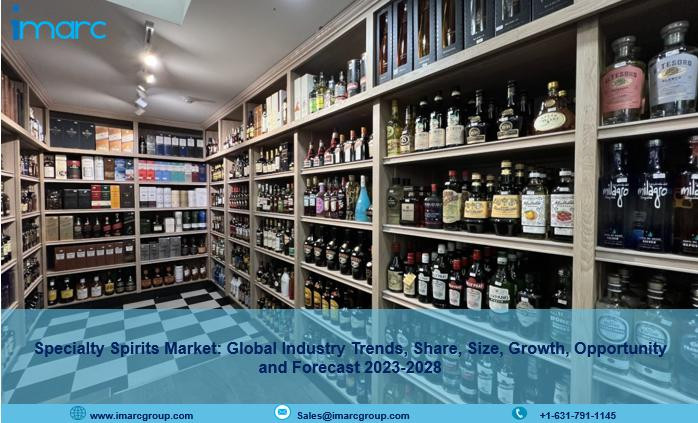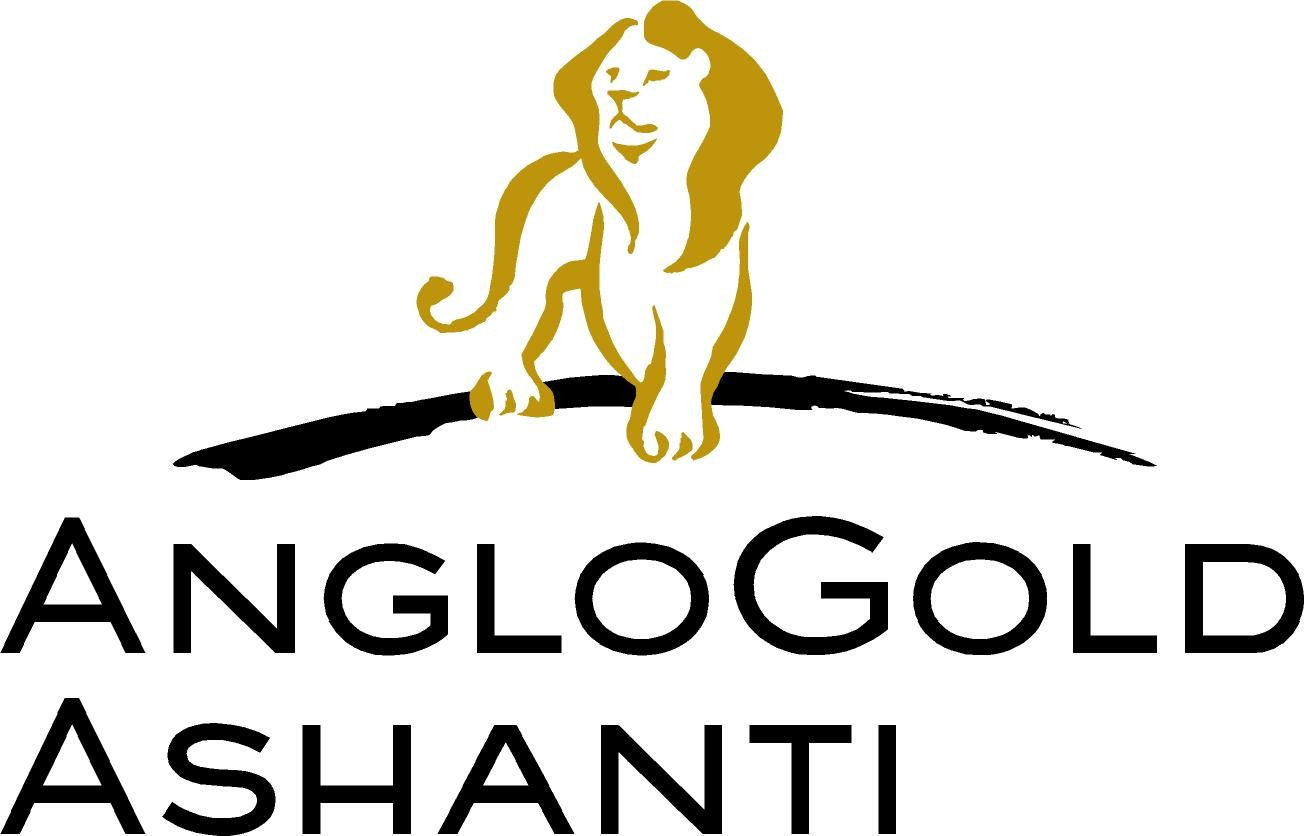The global luxury goods market got off to a poor start in 2024, and as the year has progressed, more dark clouds are gathering. After advancing 4% at current exchange rates in 2023, the personal luxury goods market dropped between 1% to 3% in the first quarter 2024, according to Bain -Altagamma’s Luxury Goods Worldwide Market Study, Spring 2024.
“We are in a moment of great macroeconomic uncertainty at a global level,” report co-author Federica Levato warned, as she referenced the uncertain economic outlook in the U.S. and China, wars in Europe and the Middle East and overall rising geopolitical tensions.
“Personal luxury brands are finding themselves in a moment of crisis, driven by macroeconomic pressures, waning consumer demand and dichotomous strategies,” Bain advised.
While Bain continues to predict the luxury goods market could pull off a slight uptick over 2023, that is looking less and less likely. HSBC Global Research just dialed down its annual forecast for the eight brands it covers from previous 5.5% growth to 2.8%. Those brands include Burberry, Hermès, Kering, LVMH, Richemont, Swatch, Moncler and Prada.
Looking wider, HSBC advised 2024 could turn out among one of the six worst years in the luxury market over the past two decades with the absolute worst being 2020 off nearly 20% and 2009 down 8%.
Citing lower growth in China and a weakened American outlook, HSBC said, “Our new forecasts factor in the weak macro environment and negative sector news flow received during the summer.”
Calling it a “cruel summer,” HSBC advised that the third quarter 2024 could be the “weakest quarter on a two-year stack basis.” In 2023, the third quarter declined 3%, according to Bain, so the outlook is for things to get worse before they get better.
Barclays also revised downward its luxury market outlook due to weakness in China, the world’s second largest global luxury market. Its analysts recently visited there to get a closer look and found the high-growth phase of the Chinese economy has ended.
“The sentiment on the ground was much more cautious than six months ago, as there is now a clear view that the Chinese weakness is structural,” analysts Wendy Liu and Carole Madjo told Marketwatch, as they predicted it may take three to four years for the market there to improve.
Investment firm TD Cowen just completed a survey among 2,000 Chinese consumers in three top-tier markets to take consumers’ pulse on their financial outlook, spending preferences and expectations across a wide swath of consumer categories, including luxury.
“While spending intentions are fairly stable, luxury goods are among the categories consumers intend to spend less on,” Cowen advised. And another worrisome finding is that one-fourth of the Chinese consumers surveyed said they find Western brands “less appealing” over the last 12 months.
“It is more challenging to underwrite China based on cash flows and growth given the policy, macro and competitive headwinds,” Cowen reported.
Across the board, luxury is fairly low on the list of categories where spending will increase. Some 17% expect to spend more on luxury compared with 64% who will pick up spending on travel and 59% on groceries, followed by 37% on beauty and personal care products, 37% on dining out and 36% on clothing and accessories.
High-income consumers (~$140 household income) are more likely than the general population to plan to up spending on luxury goods (27%), but they are leaning more into increased spending on clothing and accessories (37%) and beauty/personal care (38%).
However, upper-middle-income consumers (~$70k household income) – the so-called aspirational Chinese consumers – put luxury goods way down on their list of spending priorities. Only 13% of upper-middle consumers plan to spend more on luxury goods.
And among those minority of Chinese consumer who expect to reduce spending this year over last year, luxury goods are named by 46% on their list for budget cuts.
Overall, about 30% of the Chinese survey respondents (n=600) plan to spend on a luxury item over the next six months, which is a fairly strong showing across a general population survey. But then what people say they will do in a survey doesn’t always match what they actually do.
“We are cautiously optimistic about the China luxury market,” Cowen concludes.
Last year the Chinese luxury goods market grew about 4%, according to Bain. While Cowen made no predictions about luxury growth this year, Bain sees “sluggish GDP growth, pressured middle class and weak consumer confidence” challenging the prospects for the rest of 2024 in China.
Stateside, the prospects for luxury spending is weakening too, according to the Affluent Consumer Research Company’s (ACRC) luxury tracking survey conducted in September among 250 affluent American consumers (average household income about $300k and net worth of $2.3 million, excluding primary home value). Note: I am affiliated with the ACRC.
Prospects for luxury spending has worsened since June’s survey among a comparable sample of 400 affluents. In the September survey, some 17% said they made no luxury goods or services purchases over the past 12 months. This compares to 9% in June who reported no luxury purchases in the past year.
As for prospects for luxury spending over the next 12 months, significantly more (28%) plan to spend less, including 10% who plan to spend a lot less, while only 16% expect to spend more. And 16% plan no luxury purchases whatsoever.
“Affluent consumers display strong confidence in their ability to manage wealth, though they are cautious about economic conditions,” observed ACRC’s founder Chandler Mount and lead researcher.
“Many are balancing this by prioritizing saving and investment over luxury spending, including a trend towards financial prudence amid uncertainty,” he continued.
Uncertainty in their personal financial prospects is reflected in worries about paying higher taxes on personal income (46%), new taxes on wealth (45%) and greater volatility in global markets due to geopolitical uncertainty (45%).
Looking more broadly, affluent Americans are also highly concerned about the potential for escalating global conflict and war (52%), political unrest leading to civil unrest (51%) and data privacy/cyber security threats (45%).
“Affluent consumers are navigating an economic landscape defined by uncertainty, balancing their spending between indulgence in luxury experiences and a shift toward financial prudence,” Mount explained and noted the economic pressures from inflation and income concerns are prompting more selective purchases.
“The market is expected to remain stable but conservative,” he continued. “While there is no drastic decline in luxury spending anticipated, growth will likely be modest as consumers prioritize value and longevity over sheer luxury.”
In the world’s two largest luxury markets – China and the U.S. – uncertainty is the order of the day. Cowen just cut targets for eight of the companies it covers due to questions about Chinese demand for Western-based goods and the rising level of competition there. Stocks impacted include Lululemon, Nike, Adidas, Amer Sports, Sketchers, Ralph Lauren, PVH, and Puma.
Luxury brands also face an increasingly challenging market in the U.S. Inflation has largely sidelined the so-called aspirational consumers and high-income affluents are being far more selective when it comes to luxury purchases. And with the election just a few weeks away, consumers are going to face more distractions that keep them from indulging in high-ticket purchases.
“Overall, the affluent luxury market is in a state of balance between indulgence and restraint, as consumers adjust to a more uncertain economic environment,” Mount said and that sentiment seems to be spreading across the globe.
Navigating Uncertain Times: Customer Loyalty is Key
The scenario may be uncertain, but customer loyalty helps overcome the bumps.
MILAN — The customer is king, more than ever today for luxury executives.
The curtain rises on Milan Fashion Week Tuesday as luxury brands grapple with current and looming uncertainties, and securing the loyalty of customers is more key than ever through personalization, communication and the best service.
“Luxury is exclusivity, rarity and uniqueness, when customers feel that a product was made almost solely for them,” Brunello Cucinelli often says.
Analysts and bank reports, consultancy studies and the news in general are enough to bring agita to even the most seasoned executive.
Last week, the European Central Bank cut its key interest rates by 25 basis points, after a first reduction in June, as inflation is easing and estimates pin consumer price growth slowing to 2.2. percent in August in the eurozone. However, the area’s gross domestic product grew by just 0.2 percent in the second quarter of 2024.
This is in contrast to the U.S., where the Federal Reserve is expected to cut interest rates this week as inflation slows to 2.5 percent but the job market has shown signs of weakness and consumers remain financially stretched.
A September report by HSBC flagged a weak macro environment, expecting only 2.8 percent organic growth for the global luxury goods sector in 2024, down from an earlier forecast of 5.5 percent.
Italy’s Camera della Moda earlier this month forecast a 3.5 percent decrease in 2024 sales of the fashion and connected industries (including textiles, clothing, leather goods, footwear, jewelry, eyewear and cosmetics) to 97.7 billion euros compared to 2023.
Chairman Carlo Capasa said the 6.1 percent contraction in sales in the first half of 2024 follows the slowdown the industry started to experience in the second half of last year.
While he addressed geopolitical instability as well as weak internal demand as key elements impacting the performance, he acknowledged that after COVID-19 the industry’s sales grew by double digits, a pace unlikely to be sustained in the long run.
Exports remain a silver lining, continuing to be a driver for the Italian fashion industry, and projected to grow 5.5 percent to 93.7 billion euros in 2024 on 2023.
Next year poses a lot of question marks as executives and investors keep a close watch on China trying to navigate the country’s luxury slowdown, while wars continue to rage in Eastern Europe and the Middle East.
Despite the cloudy skies, several publicly listed Italian brands reported a strong set of results in the first half, from Brunello Cucinelli, whose revenues rose 14.1 percent to 620.7 million euros and net profit climbed 31.1 percent to 66.1 million euros, to Prada Group, which posted a 26 percent uptick in net income to 383 million euros and a 14 percent gain in revenues to 2.55 billion euros.
Brand building, staying the course while investing strategically and pursuing strong and direct relationships with customers remain key in this scenario for Prada and other luxury brands.
“Our priorities for the Prada brand are very clear and unchanged. We will continue to foster the desirability of the brand, building on its unique creativity and solid roots in contemporary culture,” said Gianfranco D’Attis, chief executive officer of the Prada brand, which will hold its spring show on Thursday. “At the same time, the dialogue with our audiences will continue to benefit from a sharp communication, coupled with marketing and retail initiatives to further amplify Prada’s voice in the second half of the year.”
The company is planning 10 openings and six relocations in Asia, the U.S. and Europe by the end of 2024. “We will continue to leverage on our existing retail network, to enhance customer experience toward retail excellence,” D’Attis said. “From an organizational point of view, our people are at the heart of our business, and we will continue to encourage internal development and attract new talents.”
Brunello Cucinelli, who holds the title of executive chairman and creative director of his namesake company, is equally focused on “keeping the brand fresh,” his only concern to avoid at all costs delivering “a product that looks old.” He expects his company to report a 10 percent increase in sales in the year, as well as in 2025, and Cucinelli, a longtime supporter of Italian production, is investing in doubling its manufacturing plant by restoring an existing industrial site in Solomeo, Italy, and guarantee production until 2035.
In the 2024-25 period, the company also plans to open new manufacturing sites in Italy, in Penne and in Gubbio, supporting the plans to double turnover, as expected, by 2030. In the second half, a store will open in Toronto and one in Wuhan, China, and the company will expand its London boutique on Sloane Street by the end of the year.
Fendi is also gearing up for a busy — and milestone — year. The brand saw a major C-suite change in June, as Pierre-Emmanuel Angeloglou was named CEO, succeeding Serge Brunschwig, who held that role for six years.
In 2025, the brand will mark its centenary with Rome as a protagonist, since it was founded and is headquartered in the country’s capital, where the company has funded several restoration projects over the years, including of the Trevi Fountain.
However, Milan will also see key moments during the celebrations with the reopening of the Fendi space in Via Solari, renewed and expanded, in the first part of 2025. The company has been holding its ready to wear shows in the venue for years. On Tuesday, its spring show will be presented at Superstudio Maxi.
In the second half of 2025, the company will open a new flagship, Palazzo Fendi Milano, in Via Montenapoleone at the corner of Corso Matteotti. Last year, a Palazzo Fendi opened in Seoul and in Tokyo Omotesando.
Starting from Tuesday, Fendi will roll out the new Peekaboo Soft bag, first unveiled in February and it’s the focus of the fall ad campaign photographed by Steven Meisel and fronted by Vittoria Ceretti.
Roberto Cavalli’s CEO Sergio Azzolari also underscored the importance of “creating a deeper connection” with customers. “All our activities are focused on increasing the visibility and the relevance of the Roberto Cavalli brand at a global level. Every new store opening, every product launch or collaboration has the goal to strengthen our presence in strategic markets, maintaining a constant dialogue with our customers.”
Fueling the relevance of the brand, and adapting to different contexts, including beach clubs, events and festivals, are all key, he continued.
For example, Cavalli forged ties for a four-season collaboration with LeSportsac, part of the American brand’s 50th anniversary celebrations, which debuted in September during Dubai Fashion Week. The Italian brand, designed by creative director Fausto Puglisi, was a guest at the event, staging a runway show.
The second half of the year was characterized as being “particularly intense and demanding,” Azzolari admitted, but investments are not stalled. A new store is expected to open in Los Angeles by the end of the year — no doubt a strategic location given how Taylor Swift, Miley Cyrus and Beyoncé have been wearing Cavalli looks by Puglisi — and additional product drops will follow. Azzolari is also accelerating the opening of a store in Dubai, a market that is billed as “strategic and growing rapidly” for the brand, and the city “fundamental” to strengthen its visibility in the Middle East and North Africa region.
The executive is also leveraging the launch of a fragrance first licensed to Inter Parfums in 2023, and a focus on accessories and on menswear in the second half of the year.
Fabrizio Cardinali, CEO of Etro, concurred with his peers, admitting the first part of the second half has been “challenging,” which leads him to maintain “a prudent approach, with the utmost attention to embrace more significant growth for 2025.”
The executive said that “the persisting crisis of the Chinese market and of part of the Southeast Asia in a global geopolitical scenario that is complicated and the wait-and-see approach of the central banks are the main factors that determine growth that is below the expectations in our sector. In this scenario, our house chooses to further strengthen our direct and business-to-consumer sales channel with an especially attentive focus on CRM activities.”
Etro has just opened its first directly operated boutique with the new Etro concept in China, in Shenzen’s MixC mall.
“We have relocated our New York headquarters in new offices and we will open in a few days a new store in Houston Galleria,” Cardinali said.
Marking the 40th anniversary of Etro’s signature Arnica, Etro will offer an expansion of the line of accessories realized in the fabric, a cotton jacquard treated with resin. While mum on details, Cardinali said that further emphasis will be given to the brand’s home collection in 2025 through a new partnership agreement. In the meantime, in Tokyo, the first floor of Etro’s Ginza boutique will be entirely dedicated to the home collection.
Cardinali also highlighted the beginning of the collaboration with Coty, its licensee for the beauty and fragrances lines.
Under a new owner for the first time in 16 years, Bally will present its spring show, designed by creative director Simone Bellotti, on Saturday. In August, as reported, an affiliate of Regent, the owner of Club Monaco and Escada, said it acquired Bally International A.G. from JAB.
Nicolas Girotto, who has been helming Bally as CEO since 2019, said the company is “working on a global business strategy for 2025 that will allow us to strengthen our network and optimize operations.” He waved the “Swissness” flag, saying that Bally will continue to increasingly leverage this feature, a “strength that makes us unique and distinguishes us in the eyes of our international customers. Our goal is to bring Bally into the future without ever losing our identity as a Swiss brand.”
In October, Bally will open a pop-up in Hankyu in Osaka, with a selection of dedicated products. At the end of November, reflecting its heritage, it will launch the Mountain Capsule, with references to Swiss village Appenzell and Swiss nature, he said.
Girotto praised the strong reception of the fall 2024 collection and the “clear” creative direction of Bellotti, named to the role in 2023. “Despite the social and economic global scenario, marked by traffic slowdown in stores and changes in the shopping trends, the new collection was very well-received. The fall collection has just arrived in our points of sales and with e-tailers such as Net-a-porter, registering excellent results.”
Girotto said that, in a context of evolution and instability, “our attention is mainly focused on the customer, to offer experiences that are increasingly personalized. Our commitment facing the challenges is to remain connected with our customers.”
Luxury Brands Brace for a Turbulent Year Ahead
The luxury market is facing a period of uncertainty and slow growth, but some brands are looking to the future with optimism.
Despite the slowdown in the luxury market, several brands are planning new store openings, product launches, and collaborations. The luxury market is expected to remain stable, but growth will likely be modest.
It is clear that the luxury market is in a state of flux. However, brands that are able to adapt to the changing landscape and focus on customer loyalty are likely to emerge as winners in the long run.

















